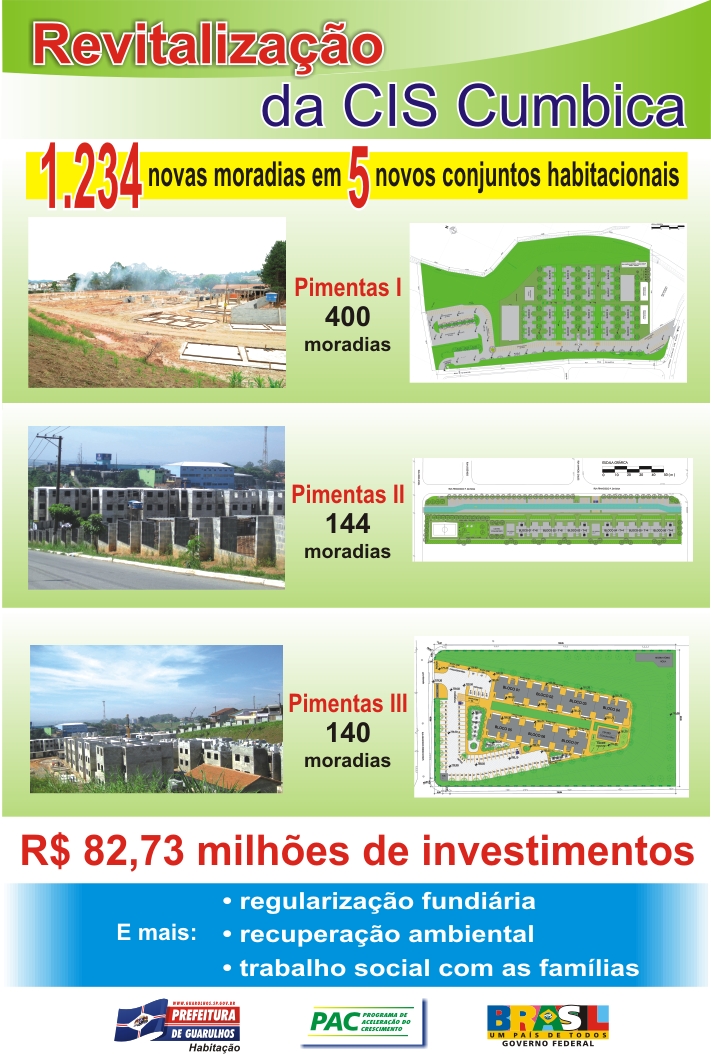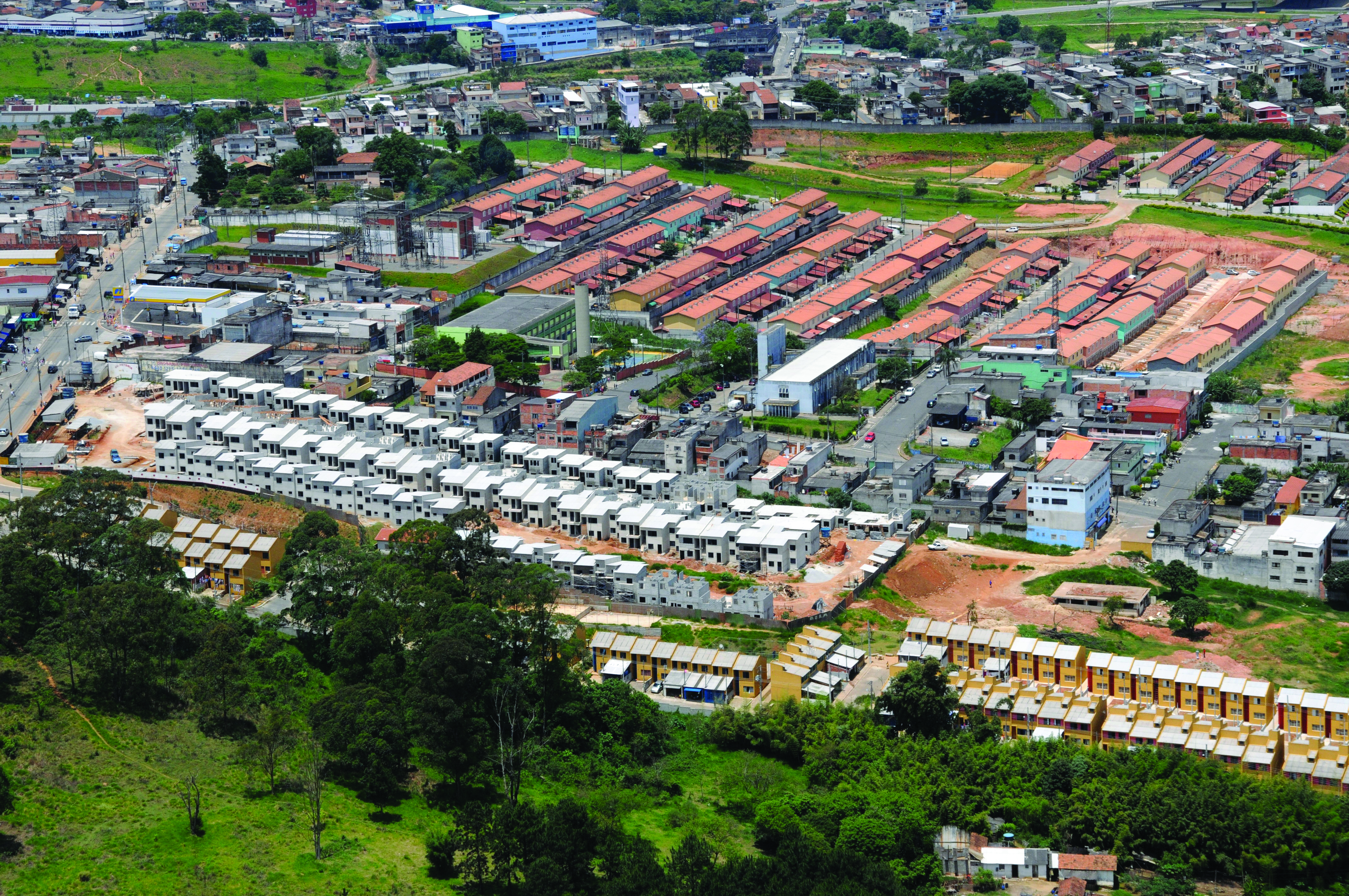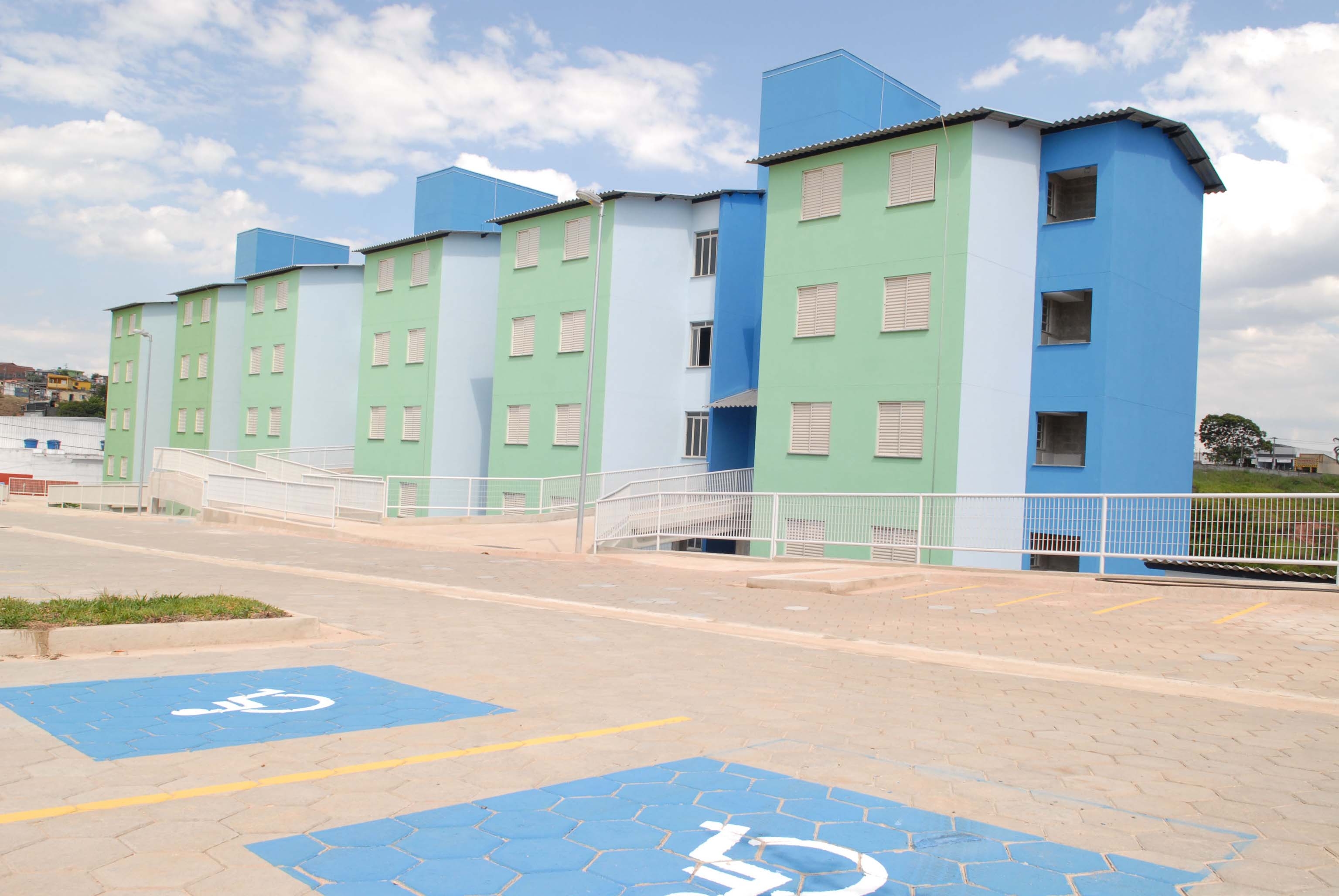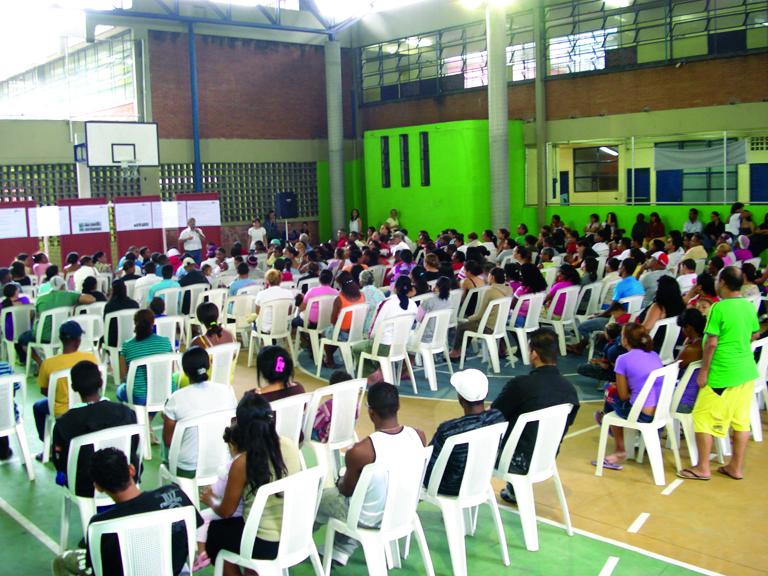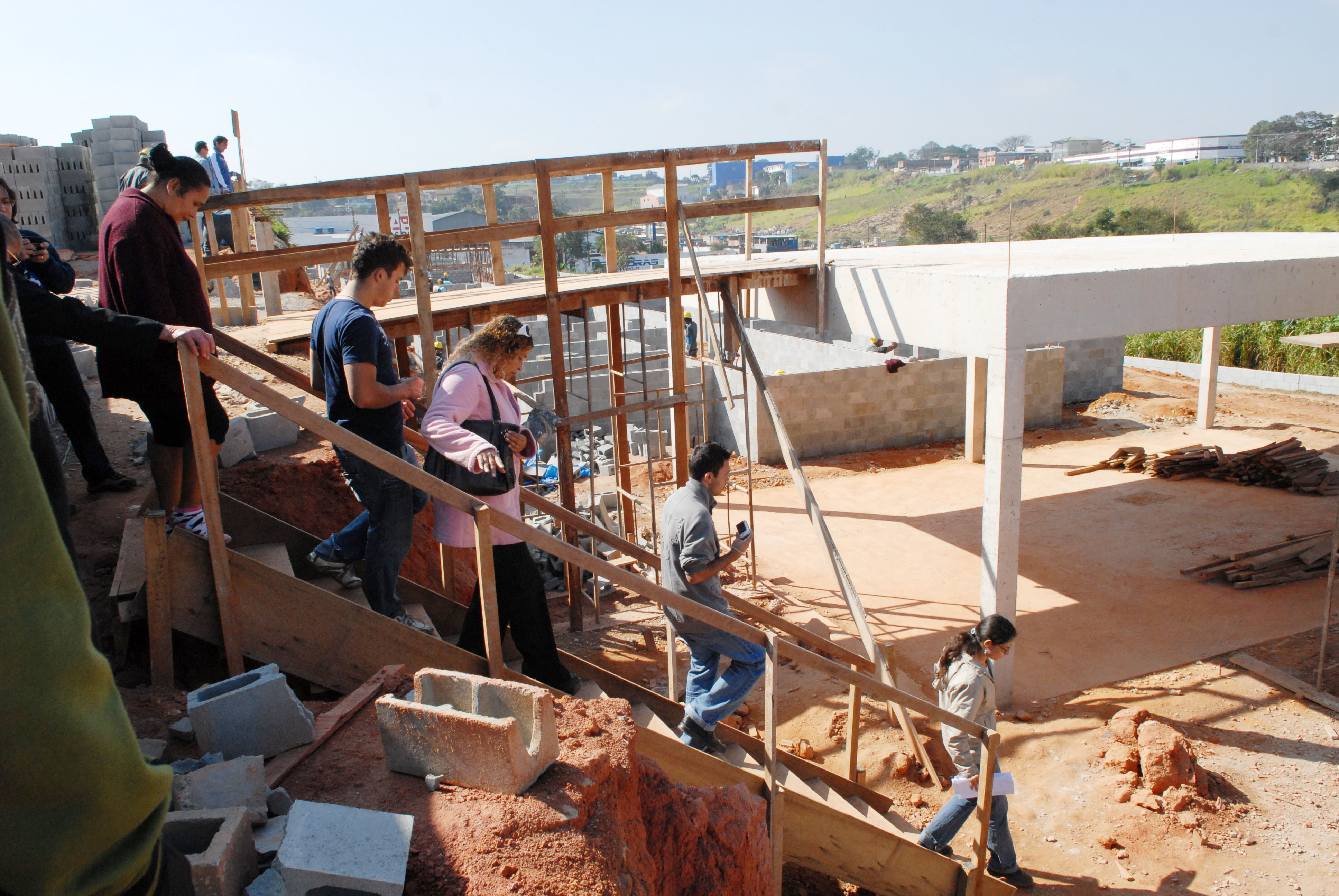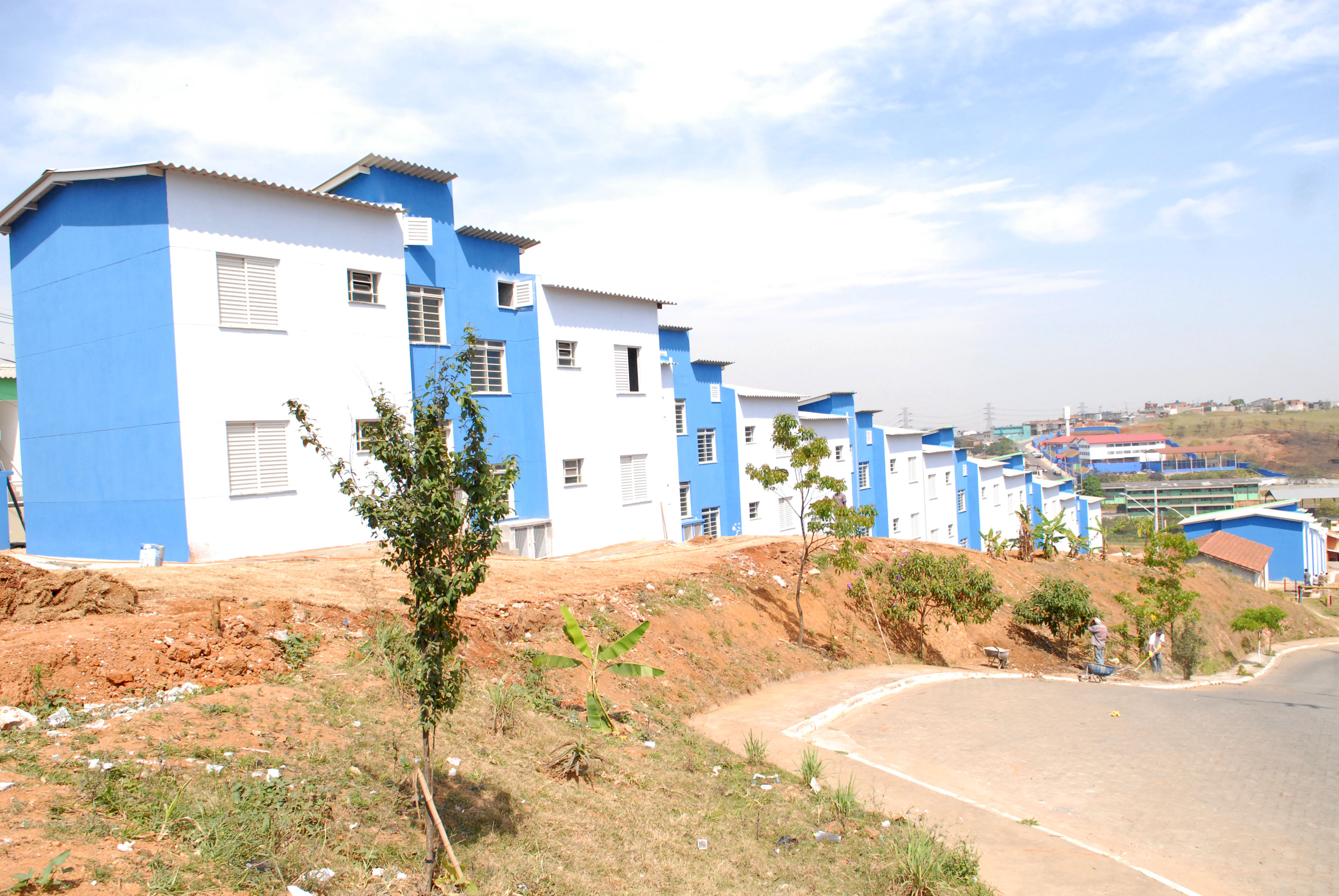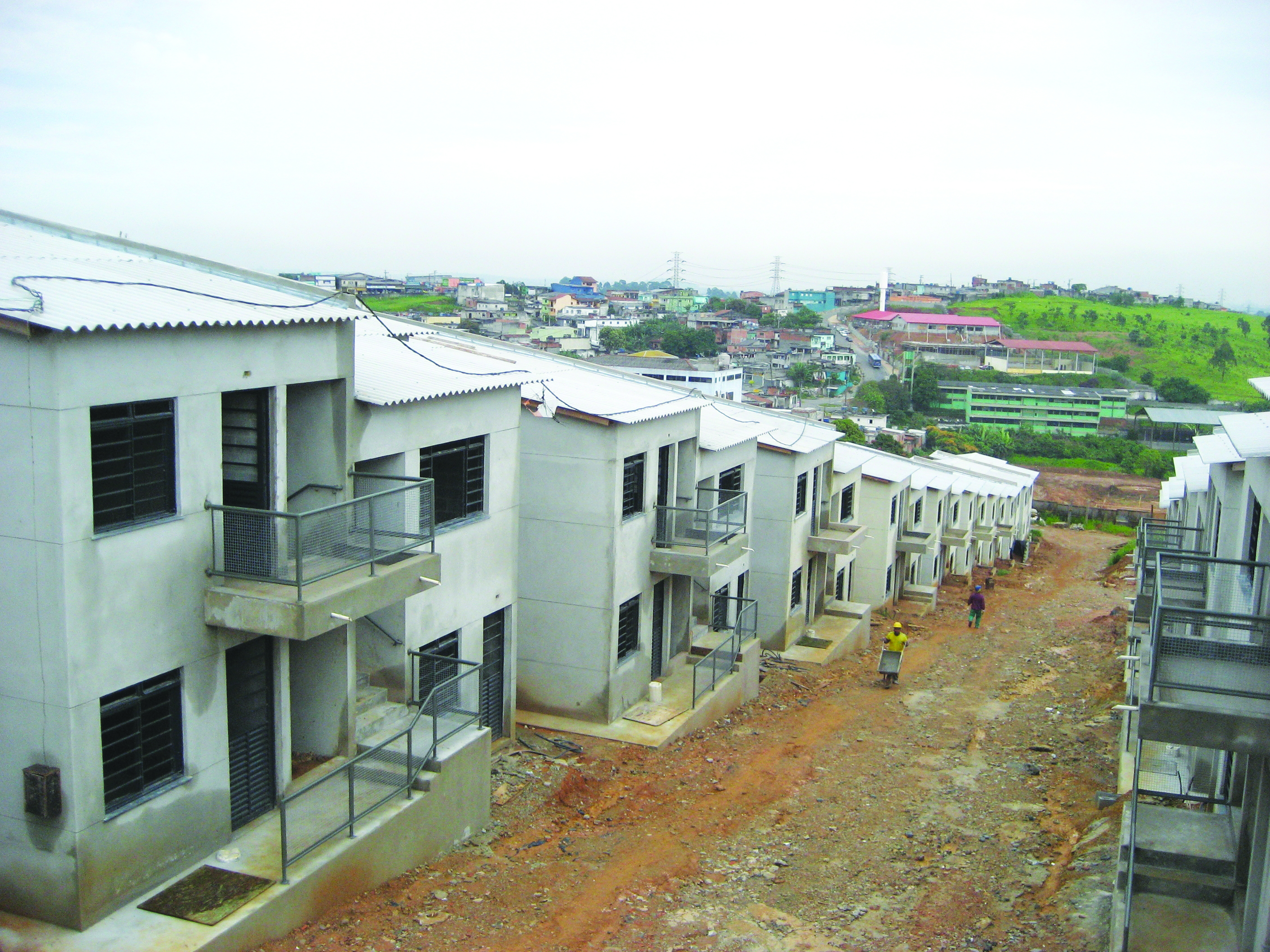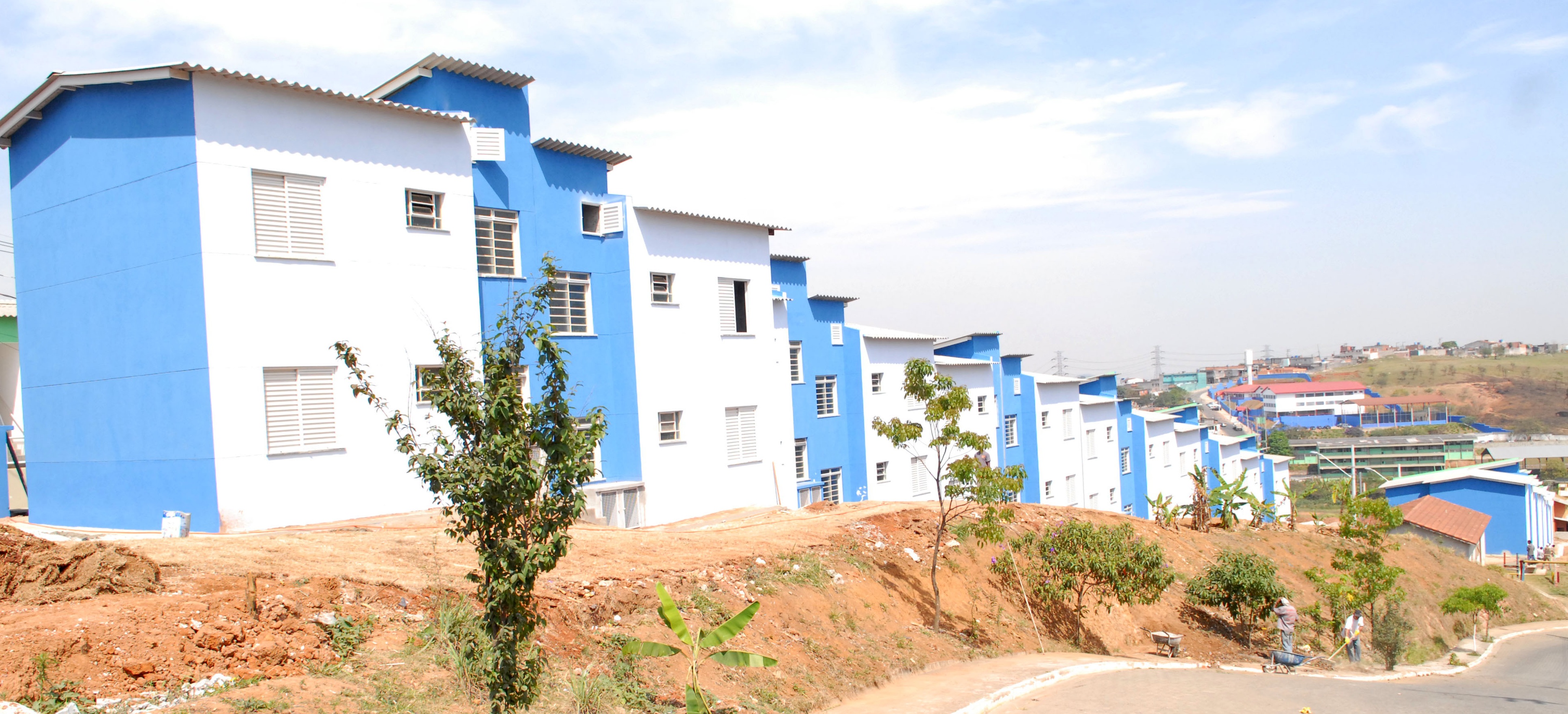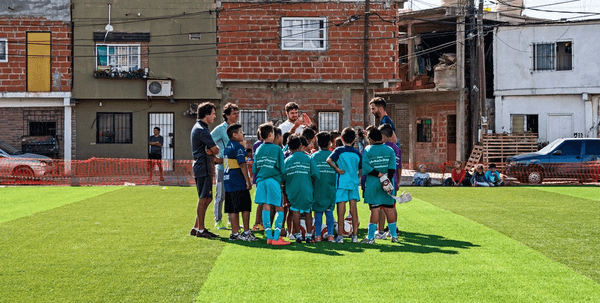The development of this project relies on the process of continuous negotiations among the public sector, non-governmental organisations, and local community. It is important that all project planning is equally socialised, the difficulties are shared, and solutions are achieved through dialogue among the parties involved. This process strengthens the principles of citizenship by encouraging direct participation of residents, members of social movements, and local charities. The first actions of the programme consisted in activities of organisation and mobilisation of local people through meetings to present the project to all involved groups.
By identifying local needs and population dynamics through a quantitative and qualitative survey carried out at an early stage of the program, it was possible to adapt the actions and intervention strategies of the project in order to meet expectations. In this sense, the constant search for new partnerships is essential to ensure continuity and sustainability of the project. This project is also characterised by a continuous process of development, including actions of post-occupation in the resettlement of neighbourhoods and revitalisation of the remaining areas. Thus, partnerships are designed to ensure the project sustainability through the continuity of integrated actions that are independent of specific political and economic situations, so they allow the community to take active roles in this practice and help break the assumption that it should expect passively for governmental intervention.
Actions and strategic planning are integrated and centrally coordinated by the Division of Community Action, which is part of the Department of Housing of Guarulhos. A team of senior professionals such as social workers, sociologists, engineers, and architects are responsible for developing and implementing the urbanisation projects in the city. Local communities’ leaders and other governmental and non-governmental organisations play an important role in this programme through direct participation in all its phases.
An important instrument used in this project is the quantitative and qualitative survey, which was carried out in all areas where the project is implemented. Planned to be one of the first actions with the community, the research outcomes allowed all key actors involved to measure and assess the population's real living conditions as well as to produce essential social indicators for social policy planning in the area. Other instruments such as joint community and government planning, interdisciplinary approach on social issues, and direct participation were successfully applied in this project.

